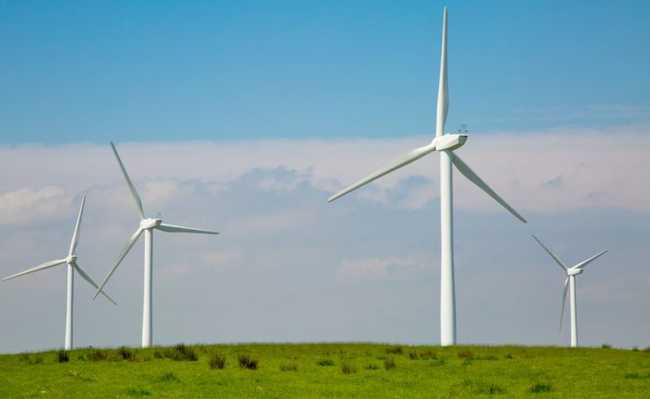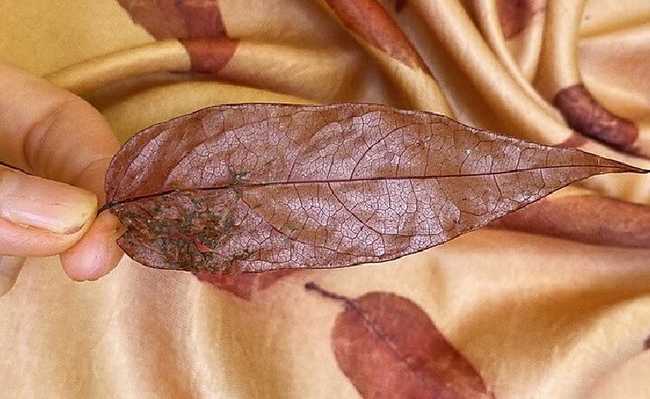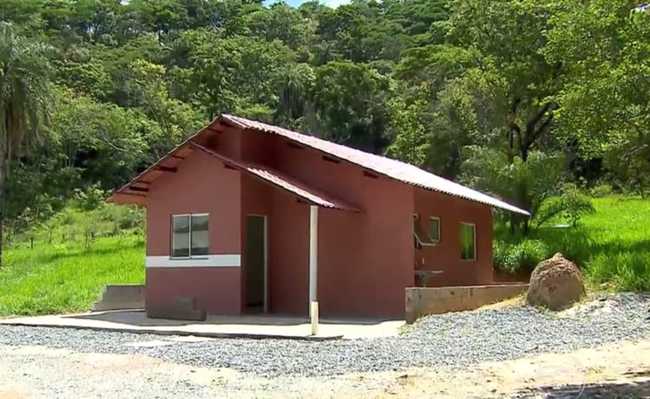Dragonflies: Meet these little dragons
Dragonflies are predatory insects that belong to the order Odonata and play an important role in biological disease control.

Image: Nika Akin in Unsplash
Dragonflies are predatory insects that belong to the order Odonata. These animals play an important role in biological pest control and act as bioindicators of environmental quality. Furthermore, they are protagonists of numerous beliefs and traditions that have inhabited the popular imagination for many centuries.
Dragonflies have a body divided into a head, thorax and abdomen. In addition to a pair of antennae, the dragonflies' heads are occupied by their large eyes. The thorax, relatively small and compact, has three pairs of legs and two pairs of membranous wings attached to it. The abdomen, in turn, is thin and long.
The term “dragonfly” may have originated from two Latin terms: dragonflies, the diminutive of “book” (liber) - due to the similarity of its wings to an open book - or libella, which means scales - as they fly, the dragonflies look like a scale, keeping in perfect balance.
Odonata is considered the second order of insects with the highest number of aquatic species. Its global richness is estimated at about 6,000 described species. Despite the limited knowledge about the distribution of Brazilian dragonflies, the odontofauna found in Brazil represents approximately 14% of the world's wealth.
The legend
In English, dragonflies are known as dragonflies. According to a shamanic legend, the dragonfly was a wise and magical dragon that, during the night, diffused light with its own breath of fire. One day, to deceive a coyote, the dragon accepted the challenge of transforming into a dragonfly, becoming a prisoner of its own powers. After that, in addition to losing its spells, the dragon was trapped in its new body forever.
Dragonflies Characteristics
Dragonflies' body structure allows them to be relentless hunters. They fly faster than most other insects and can instantly change the direction of flight, hovering in the air like tiny helicopters. By allowing a panoramic view, their large eyes are able to locate prey above, below, in front, behind and to either side.
Its flight time can range from days - as with migratory species that have wider wings and are able to glide in air currents - to a few minutes. On average, dragonflies fly five to six hours a day, traveling up to 100 kilometers.
Like toads, frogs and tree frogs, dragonflies have two distinct life cycles - in and out of the water, impacting both aquatic and terrestrial ecosystems. In both life stages, dragonflies are predators. In the submerged existence, the larva feeds on microcrustaceans, such as baby fish, tadpoles and other larvae. Then, as a dragonfly, its food is restricted to flies, beetles, bees, wasps and even other dragonflies.
Evolution
The oldest fossil records of dragonflies have been found in France and date back to the Carboniferous period, about 300 million years ago. In Brazil, the fossils date from the Cretaceous period (approximately 100 million years ago) and were identified in the Chapada do Araripe Environmental Protection Area, on the border of the states of Ceará, Piauí and Pernambuco. These files impress for the diversity and similarity in the basic structure of the insect.
Dragonfly reproduction
Dragonfly eggs are laid in or near water and take two to three weeks to hatch. When they are born, dragonfly nymphs (larvae) develop the ability to breathe underwater and use a movement similar to jet propulsion to move around, which allows them to devour harmful aquatic organisms such as mosquito larvae. The nymph will continue to contribute to the aquatic ecosystem for about five years. In addition to harmful insects, the larva feeds on small organisms, tadpoles and baby fish.
At a given moment, the nymph makes the transition from the aquatic to the terrestrial environment, where it will make its last metamorphosis, transforming itself into an adult insect. The move to the new world is usually done at night, to escape predators. In their terrestrial phase, dragonflies feed on insects such as bees, flies, beetles, wasps and mosquitoes, helping in the biological control of diseases transmitted by these animals.
In adulthood, the life expectancy of a dragonfly is six months.
Habitat
The vast majority of dragonfly species are native to warm climates, particularly tropical and subtropical regions. However, they can be found on every continent except Antarctica. In national territory, 828 species are distributed in 14 families and 140 genera.
In the aquatic phase, its members inhabit the most varied freshwater communities. Therefore, it is common to find representatives of this order both in lotic environments, such as rivers and streams, and in lentic environments, such as lakes, lakes and weirs.
It is noteworthy that the larval stage is always aquatic, while the adult stage is terrestrial or aerial.
Importance of Dragonflies
The presence of dragonflies works as an excellent bioindicator of the quality of the environment. Every river or lake with clean water has dragonflies. However, minimal physicochemical changes in water or air are enough to expel them. For this reason, these insects are used in monitoring aquatic ecosystems.
Because they feed on other insects, dragonflies are capable of ingesting large amounts of disease-carrying mosquitoes, preventing their spread. In this way, they also play an important role as biological controllers.
The biggest threat to the life of dragonflies is environmental pollution. In water, changes in pH, conductivity or the amount of dissolved oxygen cause drastic changes in its physical and chemical characteristics. In the air, similar processes occur due to greenhouse gases and climate change.
Anthropogenic actions and consequent climate change have negative effects on the population of the most varied insects, reflecting on the number of individuals and their distribution. According to data collected by Univates magazine, one in every 10 species of Odonatas is threatened with extinction, which reinforces the importance of prioritizing the conservation of areas not yet affected by human action, in addition to minimizing the impacts of human action in areas that already have reduction in species diversity.
Symbology
In the traditional native culture of the American continent, the dragonfly is considered a symbol of transformation and rebirth, associated with reincarnation and the souls of the dead. These insects can also signify strength and prosperity.
The Burmese people used to regularly perform the ritual of throwing dragonflies into the waters surrounding their settlements. Currently, it is understood that their intention was to control the mosquito population and prevent the spread of diseases such as yellow fever or malaria. For the native people, this ritual brought protection.
Furthermore, its flight and the colors reflected by its large wings generated fascination in many civilizations. Its ability to survive life's transformations is considered an inspiration for human existence.










